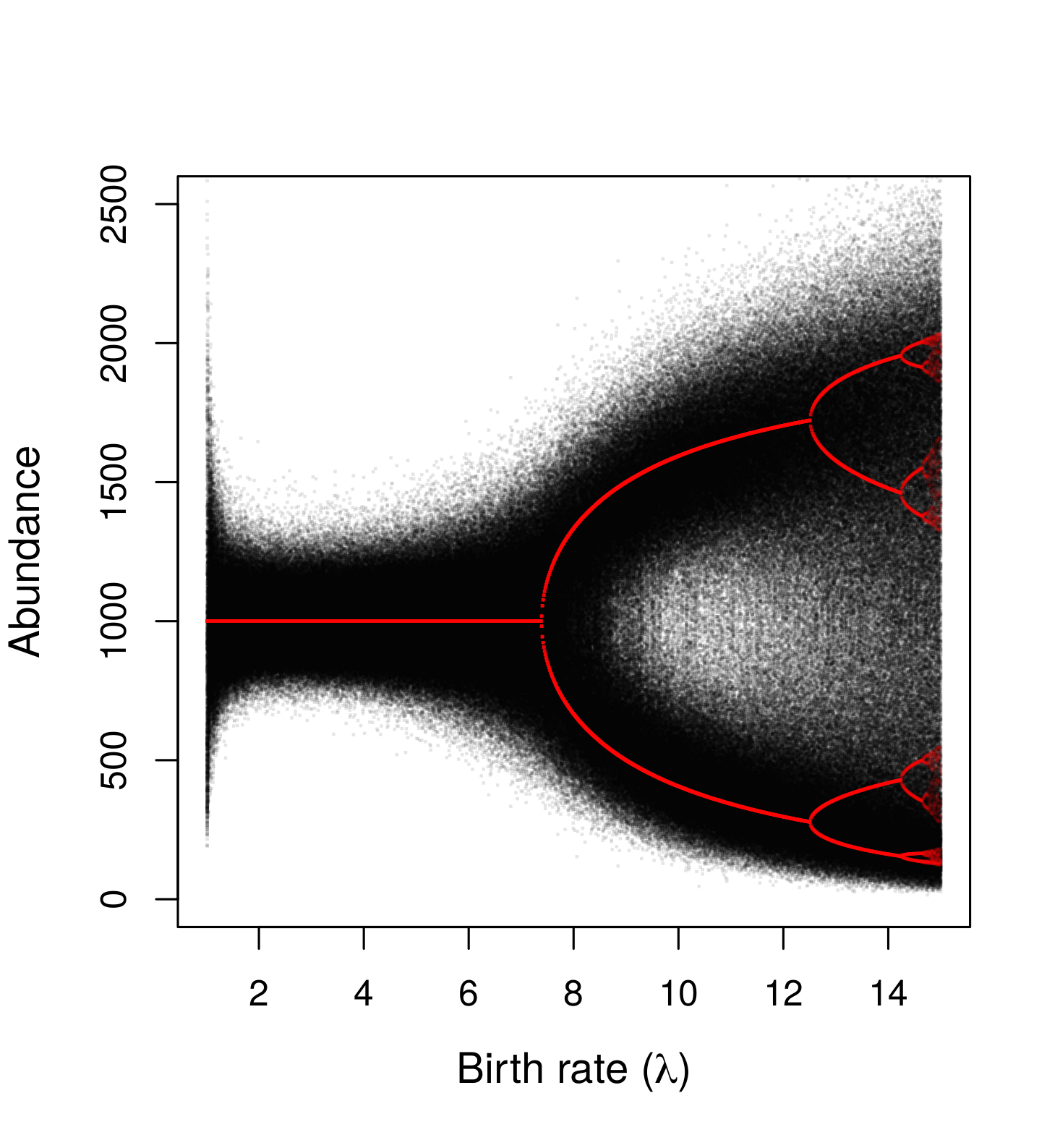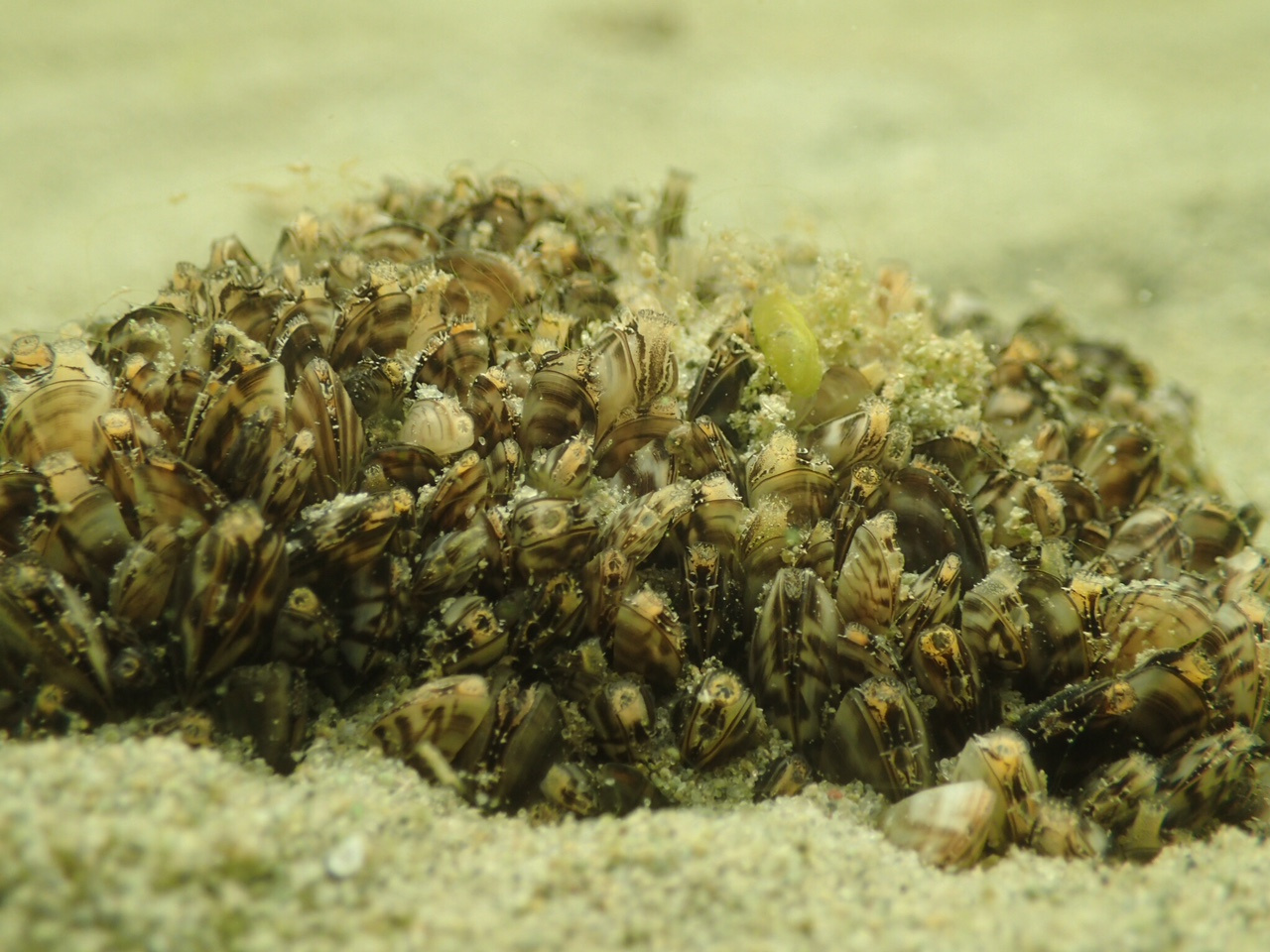Projects
Group size dynamics in cooperative foragers
 The assembly of groups for gaining access to resources or efficiently detect predators is common across the tree of life. While the factors that drive cooperative foraging are well known, we have less clarity on how group sizes change with environmental context, and the implications of cooperative foraging on trophic dynamics. Here we are exploring models of group formation and empirical patterns in group formation across many taxa.
The assembly of groups for gaining access to resources or efficiently detect predators is common across the tree of life. While the factors that drive cooperative foraging are well known, we have less clarity on how group sizes change with environmental context, and the implications of cooperative foraging on trophic dynamics. Here we are exploring models of group formation and empirical patterns in group formation across many taxa.
Stability of stochastic systems
 Working with José Ponciano at the University of Florida, this project will integrate new mathematical ideas and models with empirical field observations to study the properties of populations that experience large fluctuations. This will allow us to test fundamental assumptions about how populations are structured. We will focus on populations that experience regular cycles, a common phenomenon arising through factors such as competition for resources or predator-prey interactions. The mathematical ideas and models developed in this project will use techniques similar to those that economists use to project stock market fluctuations or meteorologists use to predict paths of hurricanes.
Working with José Ponciano at the University of Florida, this project will integrate new mathematical ideas and models with empirical field observations to study the properties of populations that experience large fluctuations. This will allow us to test fundamental assumptions about how populations are structured. We will focus on populations that experience regular cycles, a common phenomenon arising through factors such as competition for resources or predator-prey interactions. The mathematical ideas and models developed in this project will use techniques similar to those that economists use to project stock market fluctuations or meteorologists use to predict paths of hurricanes.
Past projects
Optimal survey design

